Studio Rick Joy
> website
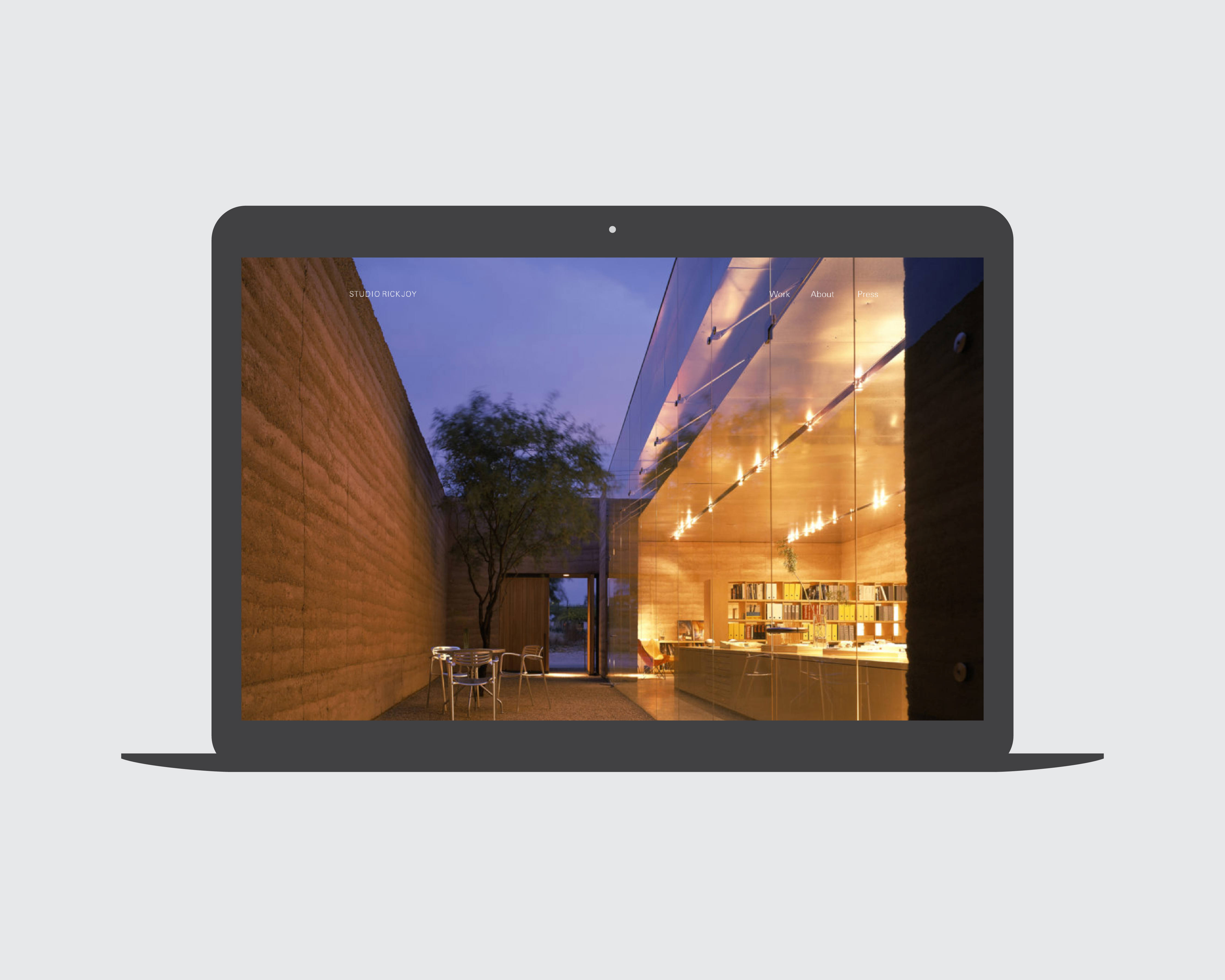

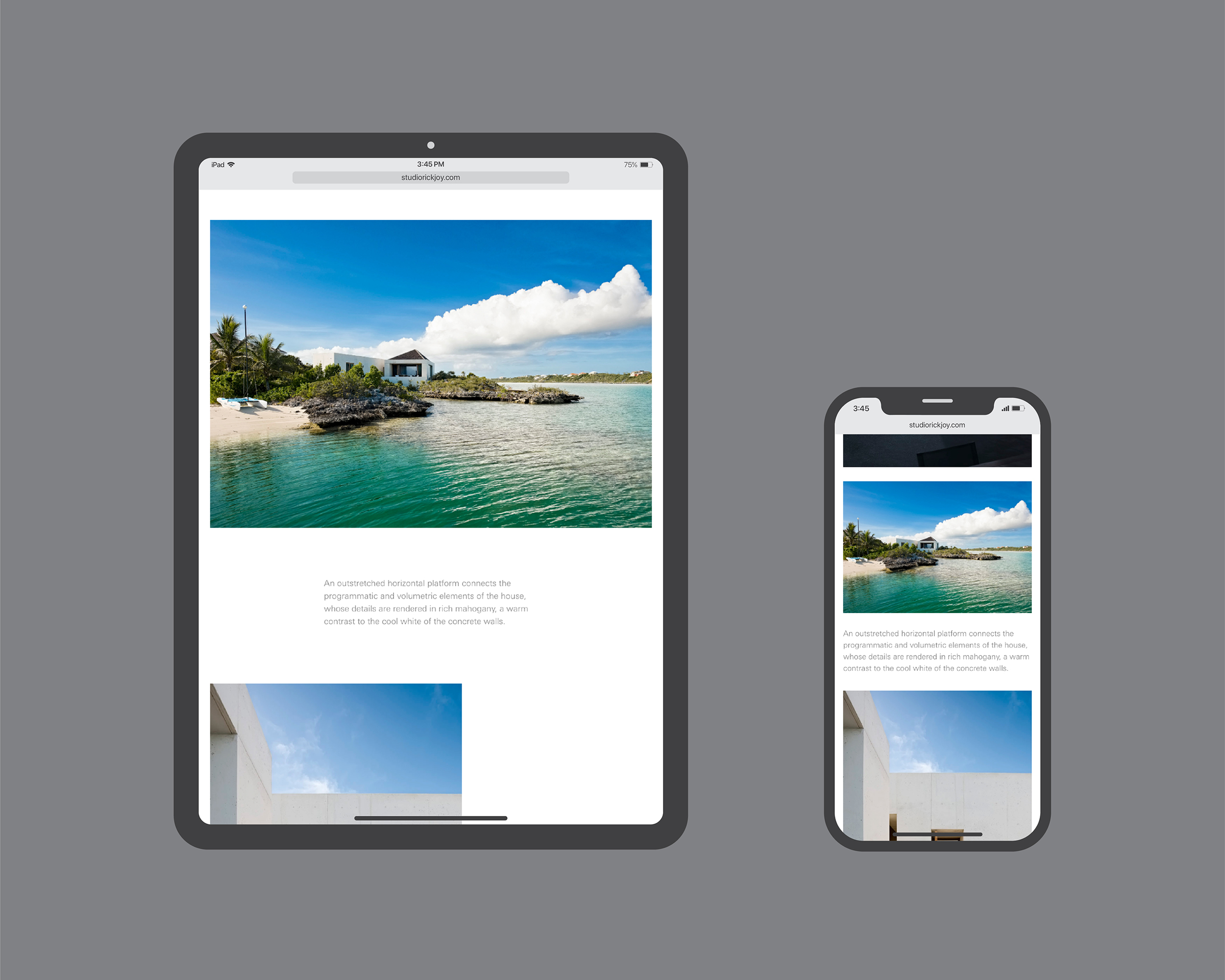
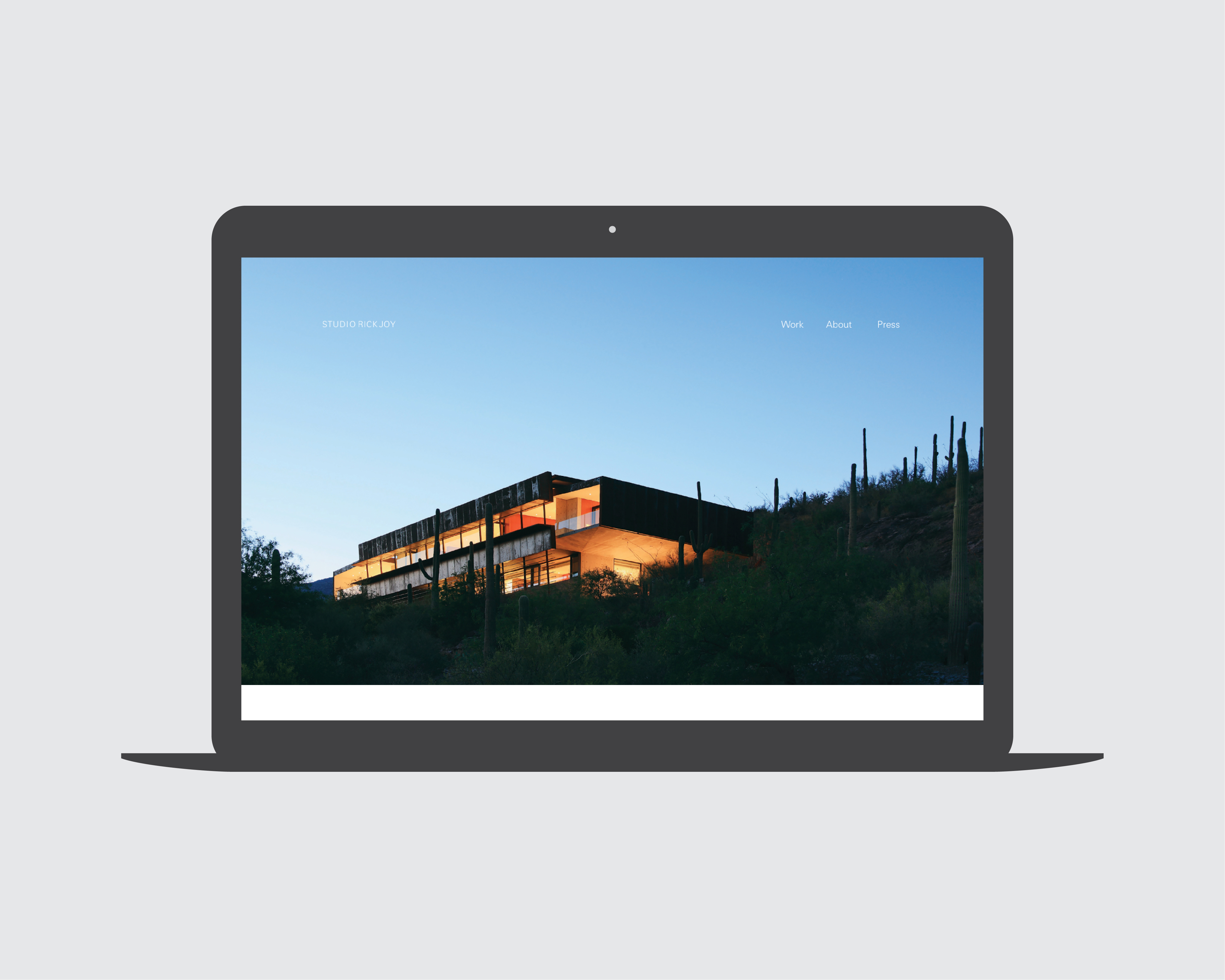
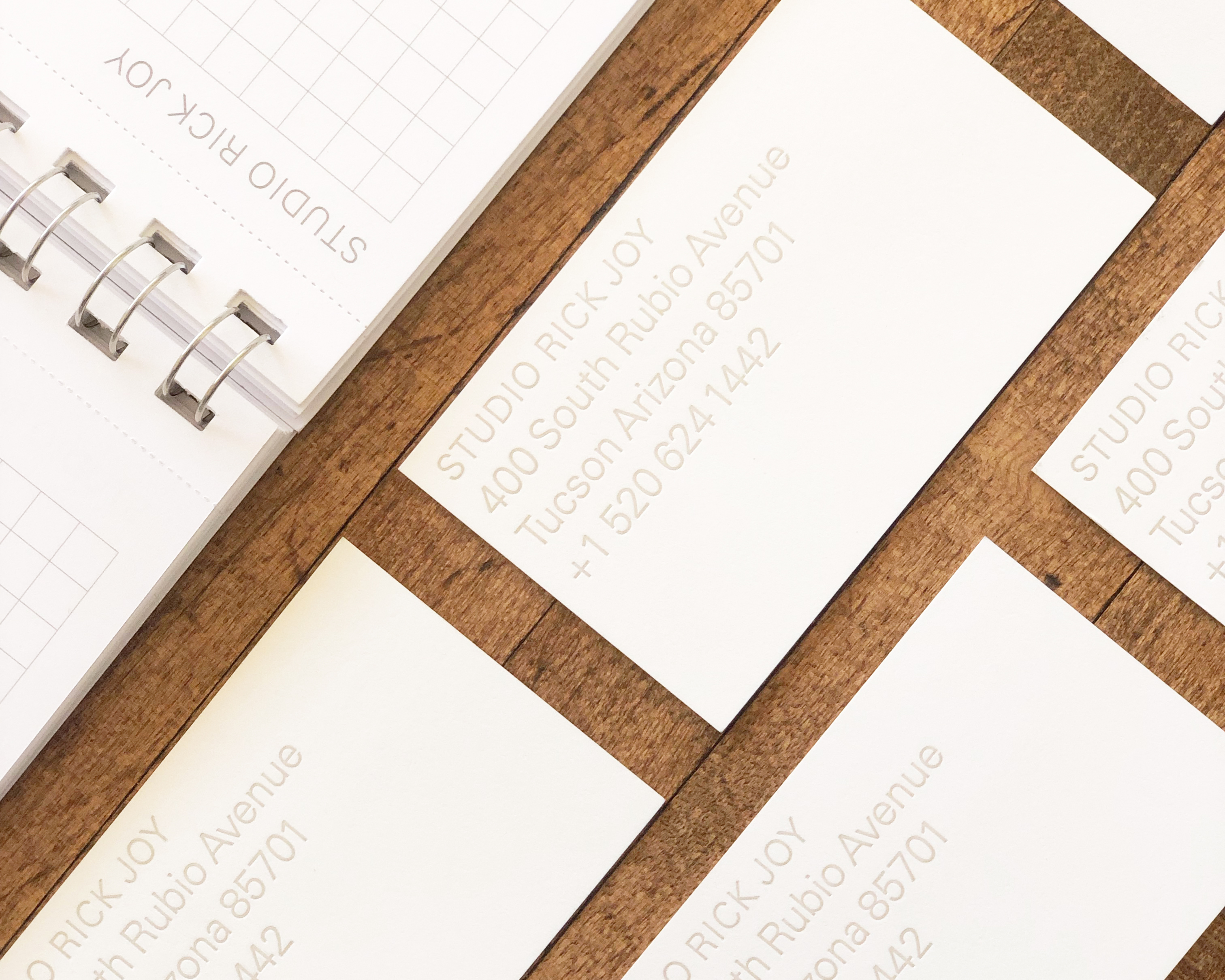



Problem
The principal of this global architecture firm based in Tucson wanted a website and business stationery. The studio had made do with a placeholder until it became apparent potential clients expected a website as a precursor to engaging the firm. New stationery had been deferred until the brand could be designed. For this group of architects, the challenge was to put into words and images the feeling, meaning, and ethereal qualities of the residential and commercial work the firm designs.
The principal of this global architecture firm based in Tucson wanted a website and business stationery. The studio had made do with a placeholder until it became apparent potential clients expected a website as a precursor to engaging the firm. New stationery had been deferred until the brand could be designed. For this group of architects, the challenge was to put into words and images the feeling, meaning, and ethereal qualities of the residential and commercial work the firm designs.
Outcome
For a visual identity and website to be effective requires a strategy that articulates who the firm is, what’s on offer, and how the team is uniquely positioned to deliver. We began by articulating the firm’s strategy. We conducted lengthy, open-ended interviews with every member of the firm to understand how the architecture practice evolved, where it aspired to go, and the meaning of its core values. We clarified the firm’s mission, philosophy, and brand hierarchy and prepared a strategy brief that summed up the main messages to be conveyed and goals to be achieved.
For a visual identity and website to be effective requires a strategy that articulates who the firm is, what’s on offer, and how the team is uniquely positioned to deliver. We began by articulating the firm’s strategy. We conducted lengthy, open-ended interviews with every member of the firm to understand how the architecture practice evolved, where it aspired to go, and the meaning of its core values. We clarified the firm’s mission, philosophy, and brand hierarchy and prepared a strategy brief that summed up the main messages to be conveyed and goals to be achieved.
It was due to the interwoven dialogues in our iterative process, working with the studio’s leaders, asking questions, and being “comprehensively observant” that the project succeeded. Using professional photography along with new poetic copy, we designed and launched a website that compellingly conveys built projects and is flexible to embrace future work, and implemented a suite of letterpress printed stationery and colatteral.
Roche Diagnostics
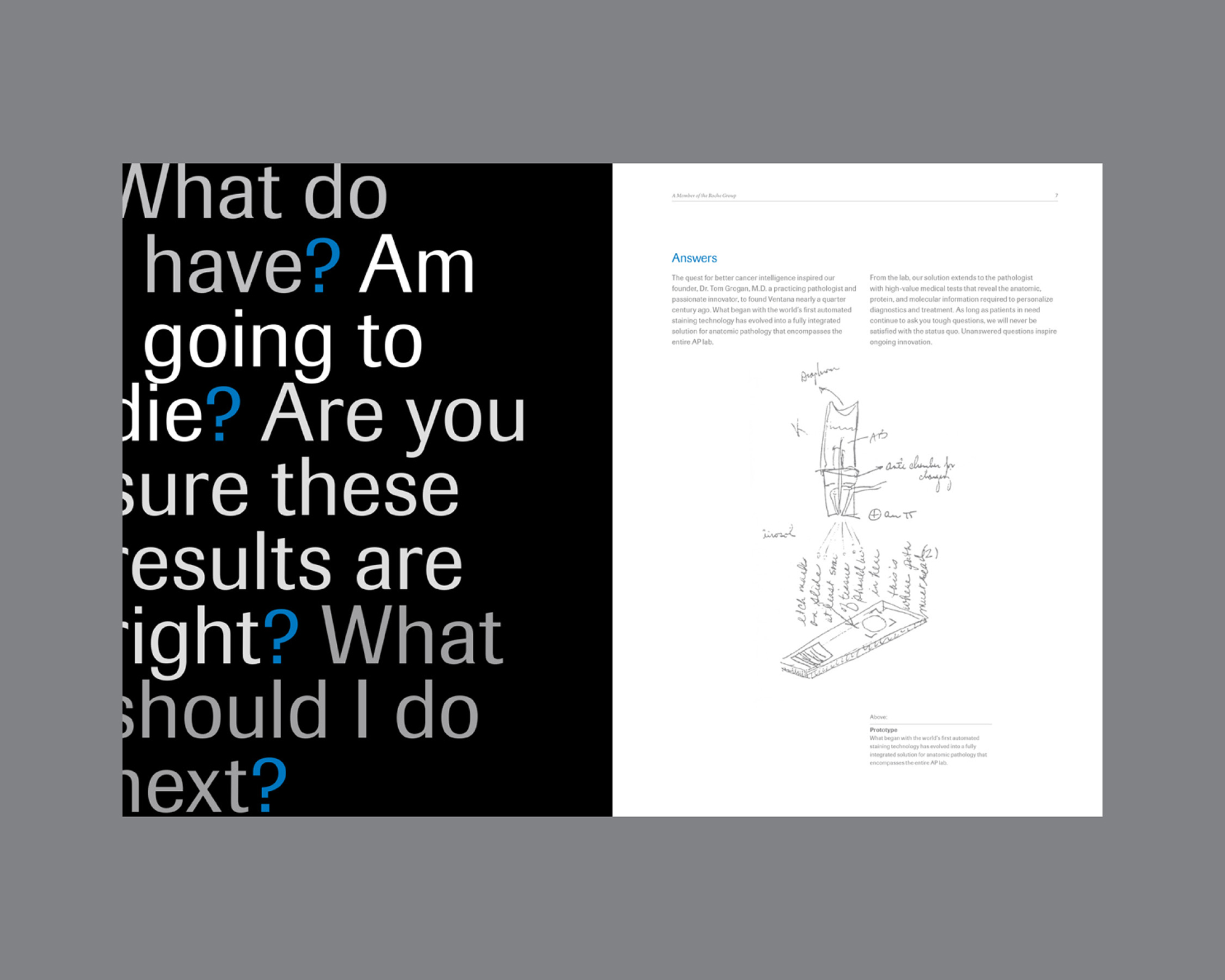











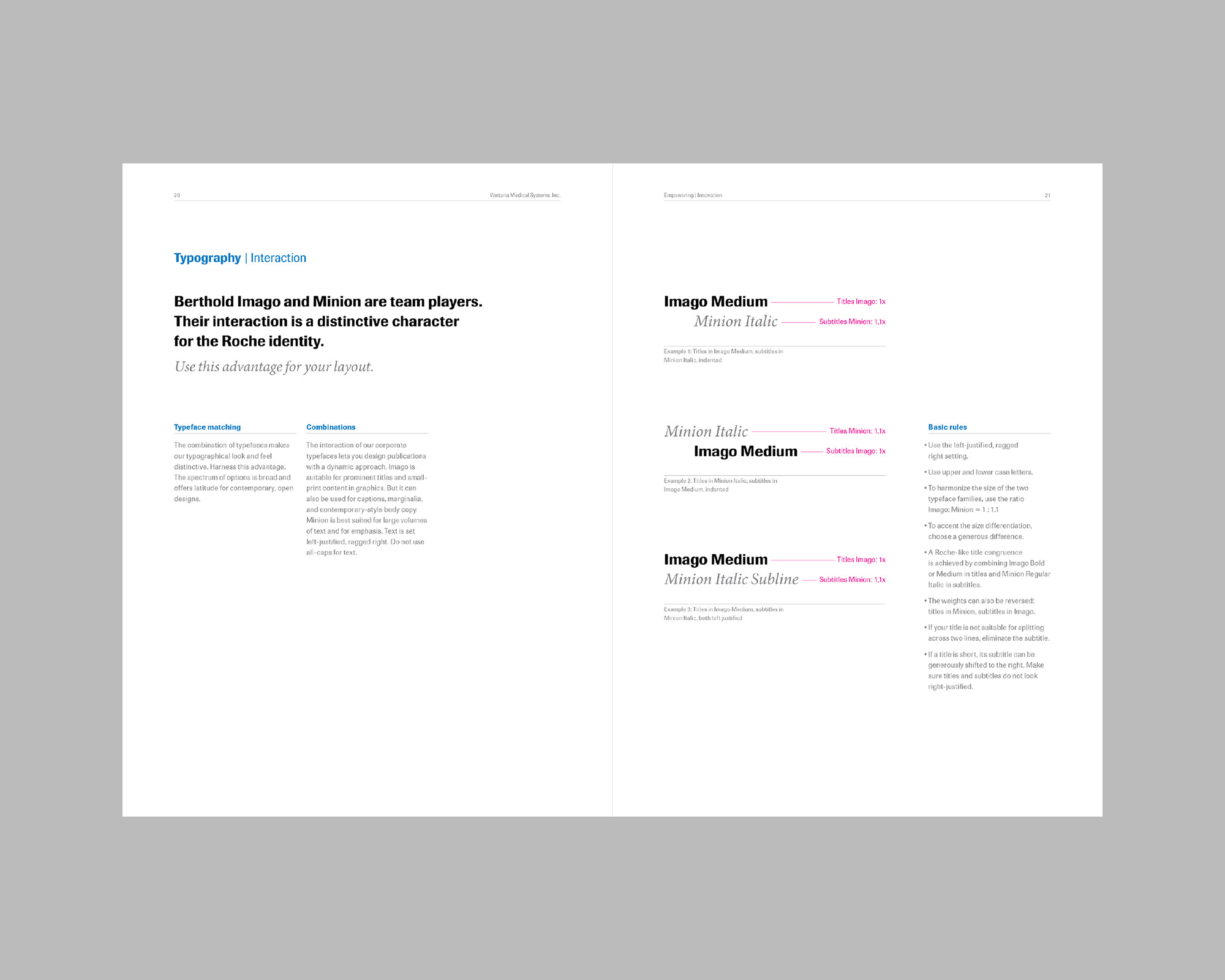

Problem
Roche Tissue Diagnostics, formerly Ventana Medical Systems, develops and markets automated tissue and slide staining systems for anatomic pathology labs, aiding in cancer and infectious disease diagnosis. During its transition to Roche Diagnostics, the company faced the challenge of integrating under Roche's brand while maintaining its leadership in the market. The main issue was to unify brand identity and communication strategies across various marketing channels and materials, while introducing innovative campaigns and adhering to Roche’s global standards.
Roche Tissue Diagnostics, formerly Ventana Medical Systems, develops and markets automated tissue and slide staining systems for anatomic pathology labs, aiding in cancer and infectious disease diagnosis. During its transition to Roche Diagnostics, the company faced the challenge of integrating under Roche's brand while maintaining its leadership in the market. The main issue was to unify brand identity and communication strategies across various marketing channels and materials, while introducing innovative campaigns and adhering to Roche’s global standards.
Outcome
The transition from Ventana to Roche was executed with precision and impact. Integrated marketing plans were developed and implemented to align with Roche’s brand identity, creating a cohesive strategy. This included three high-profile campaigns for the INFORM HER2 Dual ISH Assay, Ventana BenchMark ULTRA with URA, and the Ventana Optiview DAB IHC Detection Kit. These campaigns utilized a range of materials, print, web, direct mail, advertising, PR, presentations, and press releases, each crafted to highlight Roche’s advanced diagnostic technologies.
The transition from Ventana to Roche was executed with precision and impact. Integrated marketing plans were developed and implemented to align with Roche’s brand identity, creating a cohesive strategy. This included three high-profile campaigns for the INFORM HER2 Dual ISH Assay, Ventana BenchMark ULTRA with URA, and the Ventana Optiview DAB IHC Detection Kit. These campaigns utilized a range of materials, print, web, direct mail, advertising, PR, presentations, and press releases, each crafted to highlight Roche’s advanced diagnostic technologies.
New creative processes and quality control measures were established to ensure consistency and excellence in brand outputs. By effectively managing in-house teams and external vendors, and developing robust brand standards and digital asset management systems, the transition enhanced brand visibility and streamlined marketing operations. This approach solidified Roche Tissue Diagnostics' position as a leader in anatomic pathology, delivering timely and impactful creative solutions that drove significant business success.
The Green Room
Landscape Architecture
> website

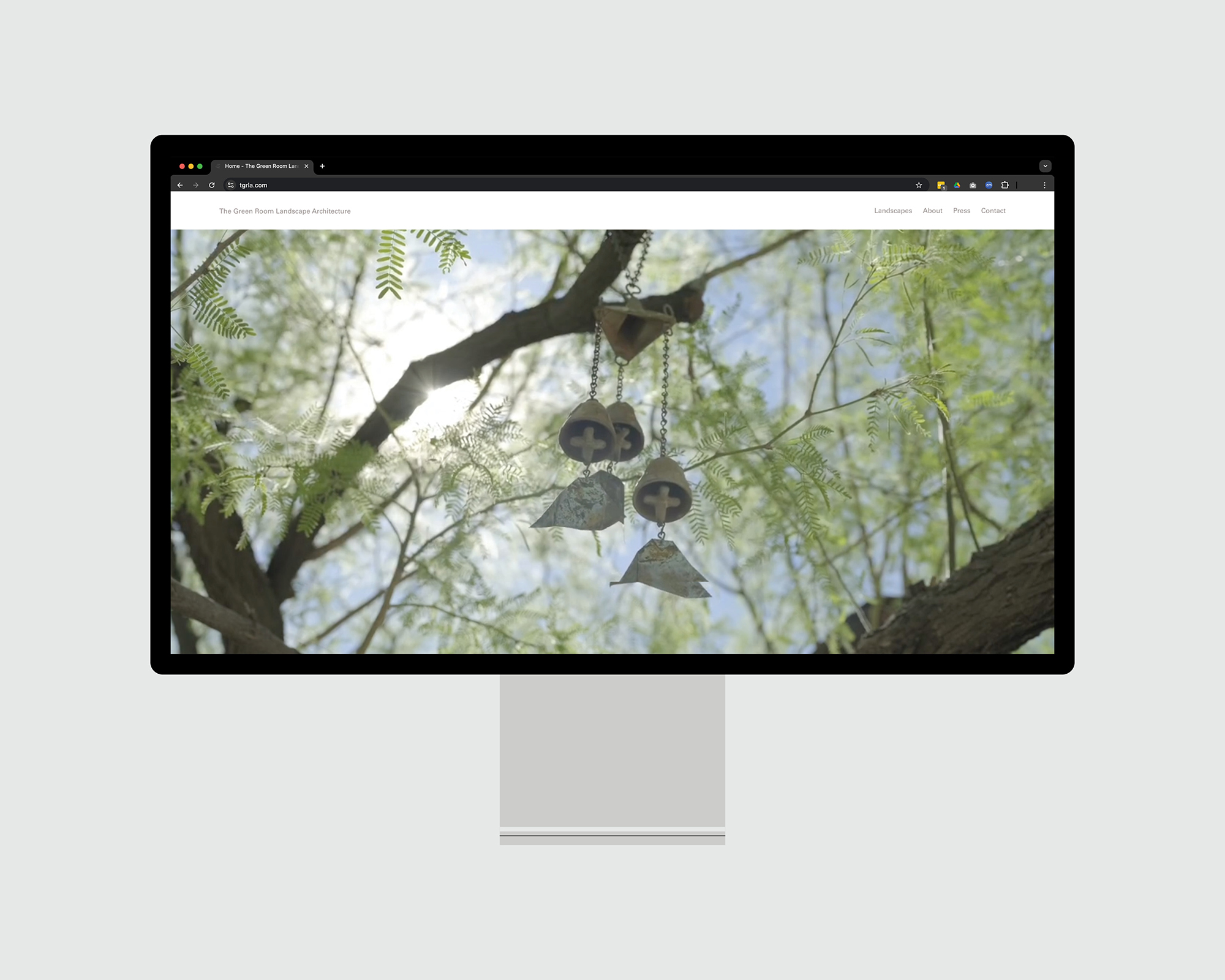
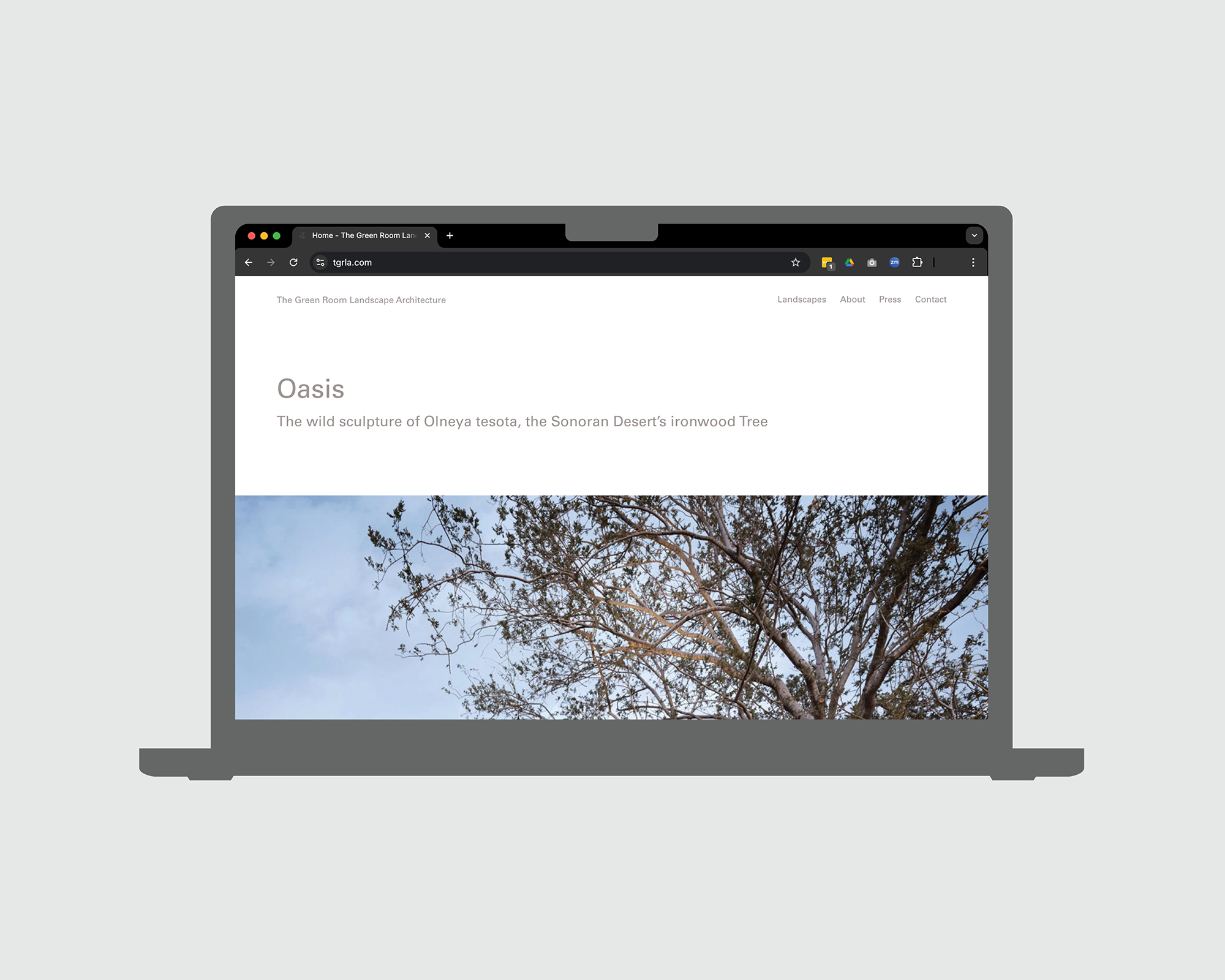










Problem
The Green Room, a Phoenix-based landscape architecture practice, needed a new brand identity to reflect their growth and expertise in modern, sustainable, landscape designs. While the firm had long been known for their innovative work, their website and marketing materials did not align with the caliber of their projects. Their visual identity was inconsistent, and there was a lack of cohesive messaging across their digital and print collateral. They sought to establish a brand that would better connect with high-end residential and commercial clients and showcase their commitment to sustainability and creativity.
The Green Room, a Phoenix-based landscape architecture practice, needed a new brand identity to reflect their growth and expertise in modern, sustainable, landscape designs. While the firm had long been known for their innovative work, their website and marketing materials did not align with the caliber of their projects. Their visual identity was inconsistent, and there was a lack of cohesive messaging across their digital and print collateral. They sought to establish a brand that would better connect with high-end residential and commercial clients and showcase their commitment to sustainability and creativity.
Outcome
We began by conducting in-depth interviews with the key team members at The Green Room, learning about the firm’s philosophy, design approach, and long-term goals. This research helped clarify their unique value proposition: designing modern, natural landscapes that focus on the sensory and atmospheric qualities of the outdoor spaces of significant architect-design residences and public spaces. We then crafted a strategic brief, aligning the brand’s visual and verbal elements with the studio’s mission and aspirations. The next step was to develop a comprehensive visual identity system that included a new logo, typography, and color palette. These elements were designed to evoke the natural elements central to The Green Room’s projects, while also maintaining a modern and professional aesthetic.
We began by conducting in-depth interviews with the key team members at The Green Room, learning about the firm’s philosophy, design approach, and long-term goals. This research helped clarify their unique value proposition: designing modern, natural landscapes that focus on the sensory and atmospheric qualities of the outdoor spaces of significant architect-design residences and public spaces. We then crafted a strategic brief, aligning the brand’s visual and verbal elements with the studio’s mission and aspirations. The next step was to develop a comprehensive visual identity system that included a new logo, typography, and color palette. These elements were designed to evoke the natural elements central to The Green Room’s projects, while also maintaining a modern and professional aesthetic.
We art directed photography that captured the essence of their outdoor spaces, places where nature and design intersect. The new website became the cornerstone of their brand, featuring high-quality images, thoughtfully written copy, and a flexible design structure that could easily evolve with future projects. In addition to the website, we designed a full suite of print collateral, including brochures, letterpress printed stationery. We also created exterior and interior signage for their offices, reinforcing the brand’s presence, and branded swag items for client gifts. The cohesive identity system unified their communications, both online and in person, allowing The Green Room to position themselves as leaders in the industry.
College of Science
The University of Arizona






Problem
The College of Science at the University of Arizona faced a challenge in effectively communicating its diverse range of research, educational programs, and achievements to prospective students, faculty, and donors. While the college had basic marketing materials, they lacked the dynamic content and modern design needed to engage a tech-savvy audience. Additionally, the existing materials did not fully align with brand standards, necessitating a redesign of their digital and print presence.
The College of Science at the University of Arizona faced a challenge in effectively communicating its diverse range of research, educational programs, and achievements to prospective students, faculty, and donors. While the college had basic marketing materials, they lacked the dynamic content and modern design needed to engage a tech-savvy audience. Additionally, the existing materials did not fully align with brand standards, necessitating a redesign of their digital and print presence.
Outcome
Creating effective and compelling collateral for the College of Science required a strategy that clearly articulated its mission, achievements, and unique offerings. Our approach began with in-depth consultations with faculty, staff, and students to capture the essence of the college’s vibrant academic environment and cutting-edge research. We identified key messages and values, which we then distilled into a comprehensive strategy brief.
Creating effective and compelling collateral for the College of Science required a strategy that clearly articulated its mission, achievements, and unique offerings. Our approach began with in-depth consultations with faculty, staff, and students to capture the essence of the college’s vibrant academic environment and cutting-edge research. We identified key messages and values, which we then distilled into a comprehensive strategy brief.
Using custom copy, professional photography, and illustrations that adhered to existing brand standards, we developed a series of brochures, direct mail pieces, event signage, and email campaigns that showcased the college’s strengths and accomplishments, supporting its recruitment and outreach efforts. Through iterative collaboration with the college’s leadership, we successfully launched a series of cohesive visual and digital tools that enhanced the College of Science’s appeal and communicated its story effectively.
Sequenom Diagnostics



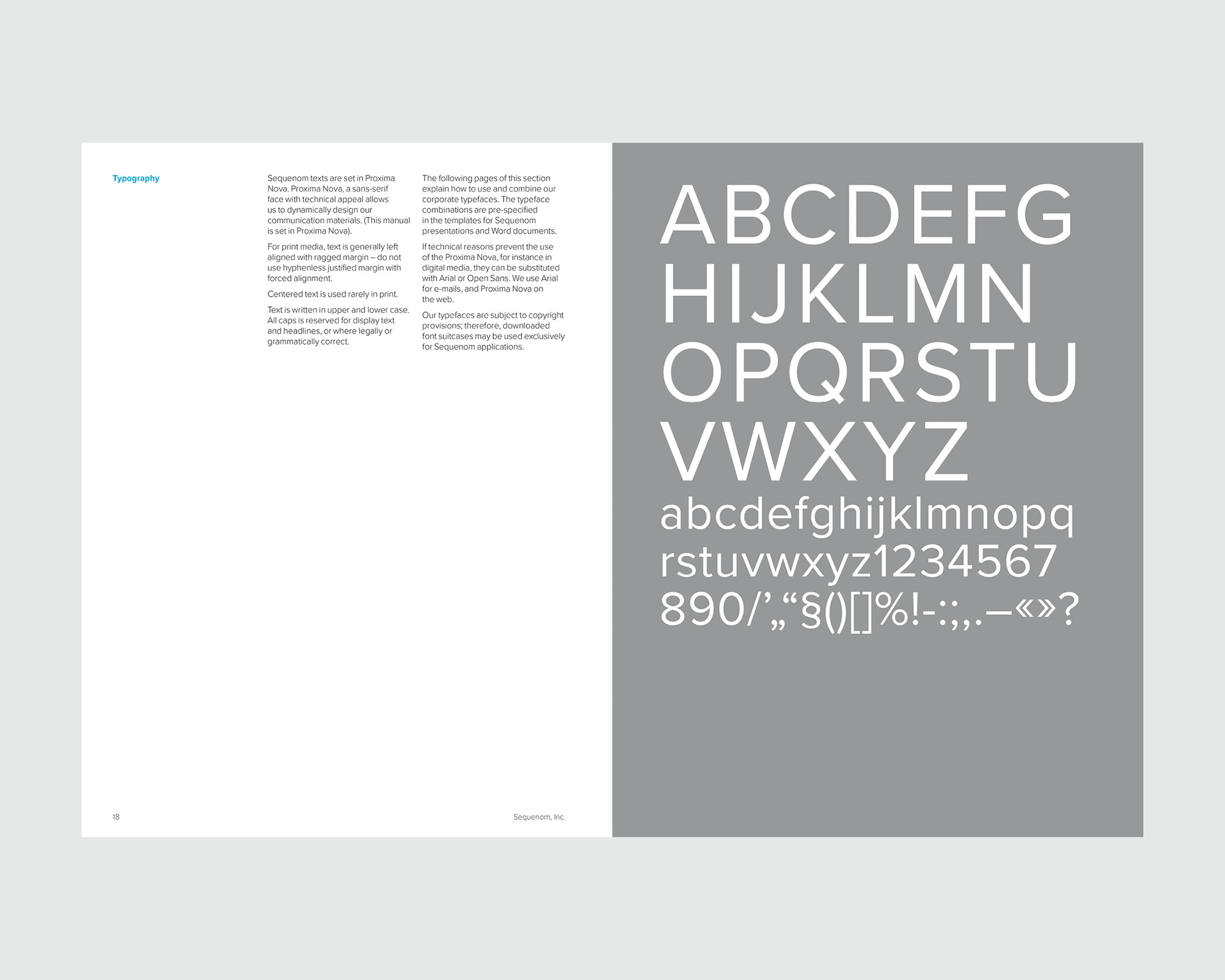







Problem
As Sequenom Diagnostics experienced rapid growth in the competitive biotech space, the company faced an urgent need to unify its visual identity. With a portfolio of sophisticated, non-invasive prenatal testing solutions, clear and consistent communication was essential for building trust with both healthcare providers and patients. However, existing materials lacked cohesion, diminishing the brand’s impact in a complex scientific environment.
As Sequenom Diagnostics experienced rapid growth in the competitive biotech space, the company faced an urgent need to unify its visual identity. With a portfolio of sophisticated, non-invasive prenatal testing solutions, clear and consistent communication was essential for building trust with both healthcare providers and patients. However, existing materials lacked cohesion, diminishing the brand’s impact in a complex scientific environment.
Outcome
We developed a comprehensive brand identity system anchored by a refreshed logo and detailed brand standards, including color palettes, typography, imagery, and tone of voice. A strategic color-coding system helped differentiate product lines while maintaining overall brand unity. We provided practical guidance for layout, photography, and copywriting to ensure internal and external teams could produce consistent, professional materials across channels.
We developed a comprehensive brand identity system anchored by a refreshed logo and detailed brand standards, including color palettes, typography, imagery, and tone of voice. A strategic color-coding system helped differentiate product lines while maintaining overall brand unity. We provided practical guidance for layout, photography, and copywriting to ensure internal and external teams could produce consistent, professional materials across channels.
The new identity extended seamlessly to digital and physical touchpoints: a mobile-first, responsive website with intuitive UX; redesigned print collateral and packaging that enhanced clarity and usability, and unified standards for photography and illustration brought warmth and humanity to a science-driven brand. This transformation positioned Sequenom as a leader in prenatal diagnostics with a confident, cohesive voice across every platform.
Now or Never
> website









Problem
This young retail store was moving to Phoenix to a new location that was both larger and more prominent in the cityscape. They came to us looking for a refresh of their graphic identity that could then be publicized online, in-store, on window displays, and with retail packaging as a way to build momentum for their opening.
This young retail store was moving to Phoenix to a new location that was both larger and more prominent in the cityscape. They came to us looking for a refresh of their graphic identity that could then be publicized online, in-store, on window displays, and with retail packaging as a way to build momentum for their opening.
Outcome
One of the hardest challenges in design is to improve an existing identity that isn’t so inadequate as to justify starting over, but which is underperforming and in need of an injection of energy. The redesigned logo was game-changing, reinvigorating the visual identity without losing followers and customers who had grown familiar with the look. Once we understood the problem to be solved, we made prototypes and validated these concepts with the partners before moving to implementation.
One of the hardest challenges in design is to improve an existing identity that isn’t so inadequate as to justify starting over, but which is underperforming and in need of an injection of energy. The redesigned logo was game-changing, reinvigorating the visual identity without losing followers and customers who had grown familiar with the look. Once we understood the problem to be solved, we made prototypes and validated these concepts with the partners before moving to implementation.
We created a distinctive visual identity that expressed the premium fashion brands offered inside the store. We made clever use of materials and production methods to produce a luxury experience on a tight budget.
Boxhill
> website






Problem
An entrepreneur succeeds and as she sprints to keep up with day-to-day operations, the basic elements of good branding fall by the wayside until one day she realizes the initial homegrown visual identity is holding the business back from realizing its full potential. Boxhill came to us for a brand makeover. We recognized that the e-commerce powerhouse not only needed a fresh look for its identity and website, but needed to bring clarity to the underlying strategy.
An entrepreneur succeeds and as she sprints to keep up with day-to-day operations, the basic elements of good branding fall by the wayside until one day she realizes the initial homegrown visual identity is holding the business back from realizing its full potential. Boxhill came to us for a brand makeover. We recognized that the e-commerce powerhouse not only needed a fresh look for its identity and website, but needed to bring clarity to the underlying strategy.
Outcome
We conducted basic customer research to identify key factors associated with the brand’s equity and the competitive landscape. A SWOT analysis focused the brand story and gave us a field of defining elements. Once we articulated the ideas behind the brand strategy, the logo, color palette, typography, and website design followed. We redesigned the existing website, rewrote all copy and content, designed print, and brand standards.
We conducted basic customer research to identify key factors associated with the brand’s equity and the competitive landscape. A SWOT analysis focused the brand story and gave us a field of defining elements. Once we articulated the ideas behind the brand strategy, the logo, color palette, typography, and website design followed. We redesigned the existing website, rewrote all copy and content, designed print, and brand standards.
The result was a flexible and simple visual identity that connects the brand’s historical origins to the modern design of the products sold. The new identity elevated the brand and website which brought fresh enthusiasm to employees and vendor partnerships.
Western National Parks Association







Problem
Since 1938, Western National Parks Association (WNPA) has been a partner of the National Parks Service to help people learn about nature, history, culture, and recreation in over 70 national parks. WNPA grew organically and over decades but, after on internal reorganization, its core mission became murky, and the non-profit’s lack of focus was hindering its ability to engage visitors in new ways and grow revenue in its stores.
Since 1938, Western National Parks Association (WNPA) has been a partner of the National Parks Service to help people learn about nature, history, culture, and recreation in over 70 national parks. WNPA grew organically and over decades but, after on internal reorganization, its core mission became murky, and the non-profit’s lack of focus was hindering its ability to engage visitors in new ways and grow revenue in its stores.
Outcome
Collaborating with far-flung park managers and the headquarters leadership team, we constructed a comprehensive marketing plan that addressed the organization’s core strategic goals, and provided a framework for the marketing function. We redesigned website and developed an interactive kiosk for park visitors. We crafted a brand identity for Junior Ranger, a program with a long history, targeted toward children to encourage their engagement with national parks.
Collaborating with far-flung park managers and the headquarters leadership team, we constructed a comprehensive marketing plan that addressed the organization’s core strategic goals, and provided a framework for the marketing function. We redesigned website and developed an interactive kiosk for park visitors. We crafted a brand identity for Junior Ranger, a program with a long history, targeted toward children to encourage their engagement with national parks.
The overall result was to equip WNPA with vital tools that work as a springboard for WNPA employees to be more effective and impactful.
François Robert Photography
> website




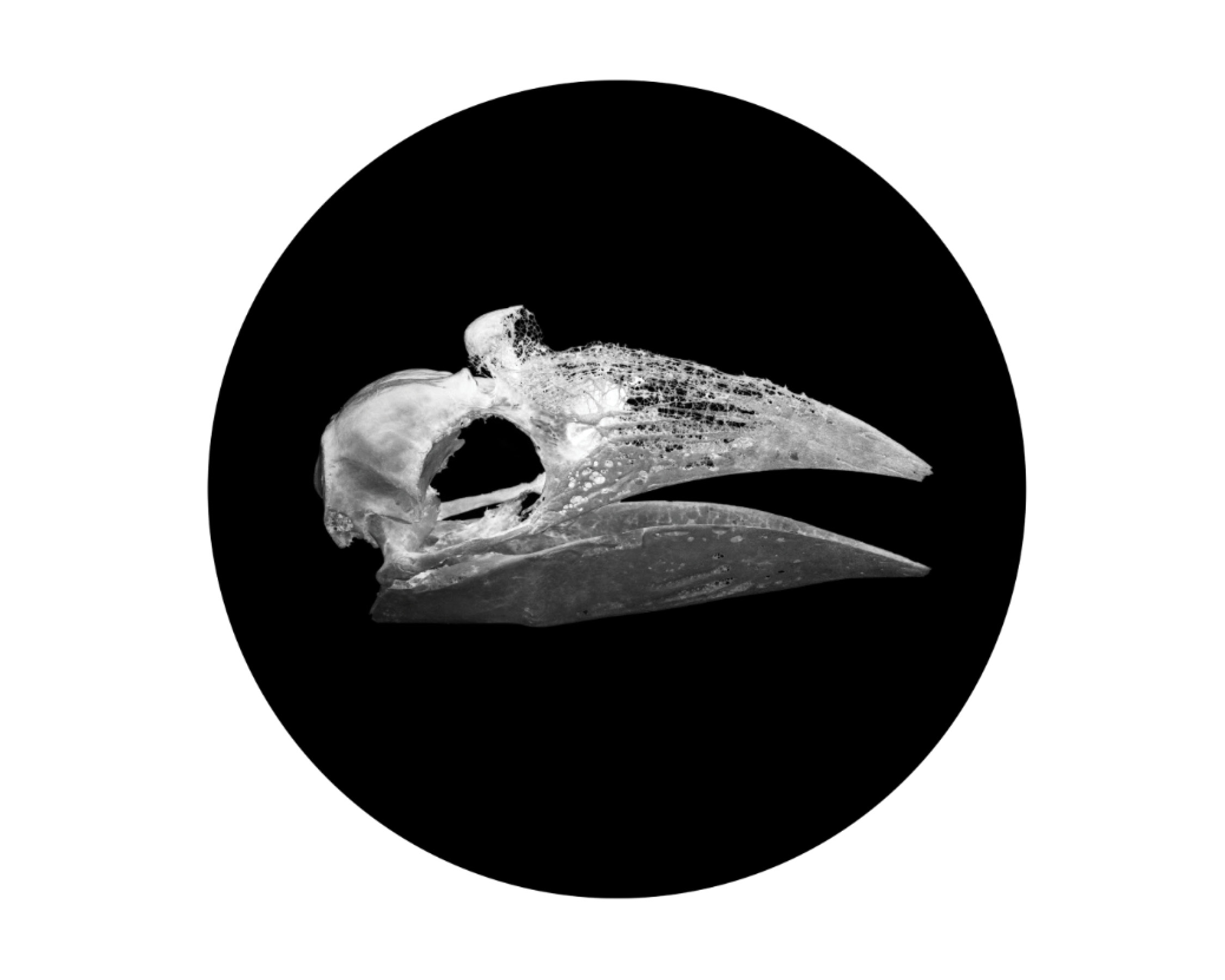




Problem
Photographer François Robert, born in La Chaux-de-Fonds, Switzerland, is renowned for his commercial work. His fine art photography is equally provocative and covers a wide range of subjects. Recognizing the need for an updated image, a decision was made to create a modern website that focused not on his commercial work, but on emphasizing his growing body of fine art photography.
Photographer François Robert, born in La Chaux-de-Fonds, Switzerland, is renowned for his commercial work. His fine art photography is equally provocative and covers a wide range of subjects. Recognizing the need for an updated image, a decision was made to create a modern website that focused not on his commercial work, but on emphasizing his growing body of fine art photography.
Outcome
To appeal more to galleries and museums and to strengthen his position as an eminent photographer, we created a simple, elegant design that did not compete with his work. We developed a minimal, Swiss/Modern typographic style using Univers 45 and a subdued gray and white color palette.
To appeal more to galleries and museums and to strengthen his position as an eminent photographer, we created a simple, elegant design that did not compete with his work. We developed a minimal, Swiss/Modern typographic style using Univers 45 and a subdued gray and white color palette.
Attention to the smallest details, from animations and transitions to typographic precision and simplicity, was of utmost importance. As a former designer himself, François has a critical eye for detail. His creative and charming demeanor, along with his collaborative spirit, contributed to a wonderful result.
Tucson Museum of Art










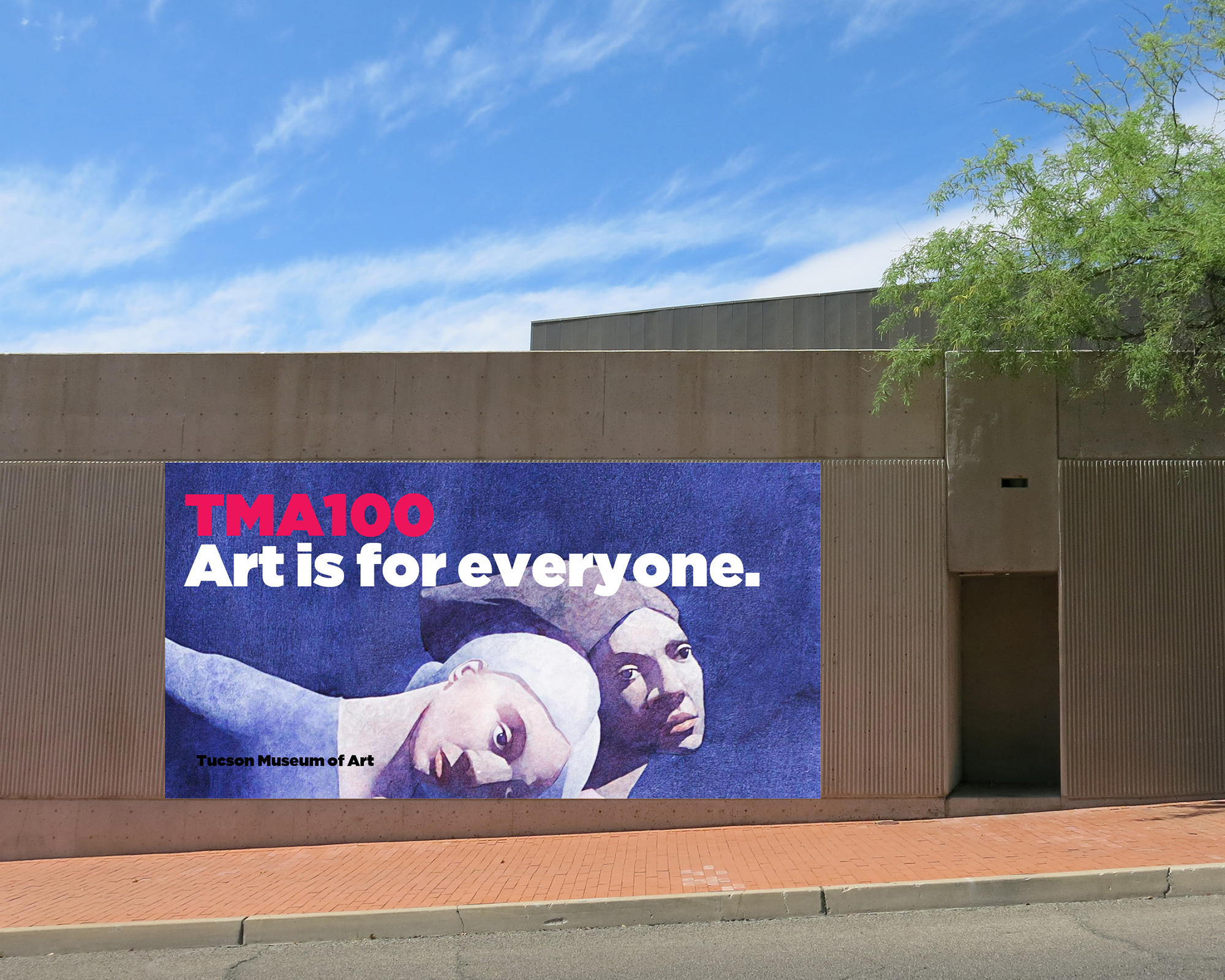

Problem
Museums today have become much more than collectors and exhibitors of paintings and sculpture. They are community organizations that engage in political dialogue, educate students, elevate worker rights, foster cultural evolution, and improve the lives of the people around them. To truly fulfill their potential as cultural hubs and agents of change, museums must evolve both their content and outreach strategies.
Museums today have become much more than collectors and exhibitors of paintings and sculpture. They are community organizations that engage in political dialogue, educate students, elevate worker rights, foster cultural evolution, and improve the lives of the people around them. To truly fulfill their potential as cultural hubs and agents of change, museums must evolve both their content and outreach strategies.
Outcome
To draw in an audience of greater diversity, and to bring balance to collections long skewed toward certain groups, requires a compelling invitation to entice new audiences through the open doors. The museum's centennial celebration provided an opportunity to reimagine its visual identity and language across various platforms.
To draw in an audience of greater diversity, and to bring balance to collections long skewed toward certain groups, requires a compelling invitation to entice new audiences through the open doors. The museum's centennial celebration provided an opportunity to reimagine its visual identity and language across various platforms.
The new visual identity and language were applied consistently across print collateral, street banners, signage, the website, and social media. These efforts not only attracted a wider audience but also fostered a sense of belonging and community engagement, significantly enhancing the museum's role as a vibrant and inclusive cultural institution.
Arizona Friends of Chamber Music



























Problem
This 50 year-old non-profit had thrived for years with a DIY approach but had gradually experienced a fall off in sales and attendance putting its survival at risk. Given the excellence of the product, Arizona Friends of Chamber Music (AFCM) ought to be have been thriving. Without the tools for the modern world though, it was clear it would continue to lose its donors and ticket buyers.
This 50 year-old non-profit had thrived for years with a DIY approach but had gradually experienced a fall off in sales and attendance putting its survival at risk. Given the excellence of the product, Arizona Friends of Chamber Music (AFCM) ought to be have been thriving. Without the tools for the modern world though, it was clear it would continue to lose its donors and ticket buyers.
Outcome
It was clear that a comprehensive marketing strategy and rebranding was needed to strengthen audience loyalty, attract new concertgoers, and turn around the decline in sales. We achieved this by clarifying the organization’s identity and implementing consistent design and messaging. A vibrant new visual identity revived existing patrons’ interest in this centuries-old artform, and caught the eye of new, younger ticket buyers.
It was clear that a comprehensive marketing strategy and rebranding was needed to strengthen audience loyalty, attract new concertgoers, and turn around the decline in sales. We achieved this by clarifying the organization’s identity and implementing consistent design and messaging. A vibrant new visual identity revived existing patrons’ interest in this centuries-old artform, and caught the eye of new, younger ticket buyers.
We redesigned the website to improve functionality and developed it as a tool for promotion, archival record keeping, donations, and ticket purchases. We wrote a marketing plan, which identified the growth opportunities, clarified the market positioning, and laid out a road map for the future. As a result, AFCM has attracted a more diverse audience, brought back lapsed donors, increased ticket sales, and significantly increased fundraising.
Turkel Design
> website







Happy Belly After
> website







Problem
Jane Gittings Robert is an accomplished and well-respected designer, photographer, and writer. Working with her husband Fronçois Robert, she began Happy Belly After, a cookbook project consisting of vegan recipes they created and photographed together.
Jane Gittings Robert is an accomplished and well-respected designer, photographer, and writer. Working with her husband Fronçois Robert, she began Happy Belly After, a cookbook project consisting of vegan recipes they created and photographed together.
Outcome
Closely following the intent of her book, we designed a website that organizes recipes by color, with a strong emphasis on photography. As Happy Belly After is both art and resource, it was imperative that the solution be practical as on e-cookbook. The design is a clean presentation with careful consideration of various screen sizes that can be used while viewing recipes for cooking. The configuring of printing styles was also considered for those who wish to print the recipes.
Closely following the intent of her book, we designed a website that organizes recipes by color, with a strong emphasis on photography. As Happy Belly After is both art and resource, it was imperative that the solution be practical as on e-cookbook. The design is a clean presentation with careful consideration of various screen sizes that can be used while viewing recipes for cooking. The configuring of printing styles was also considered for those who wish to print the recipes.
The resulting design was a successful coordinated effort between a talented team of creative professionals. As a body of work, the Happy Belly After website is on informative and delightful interactive presentation.